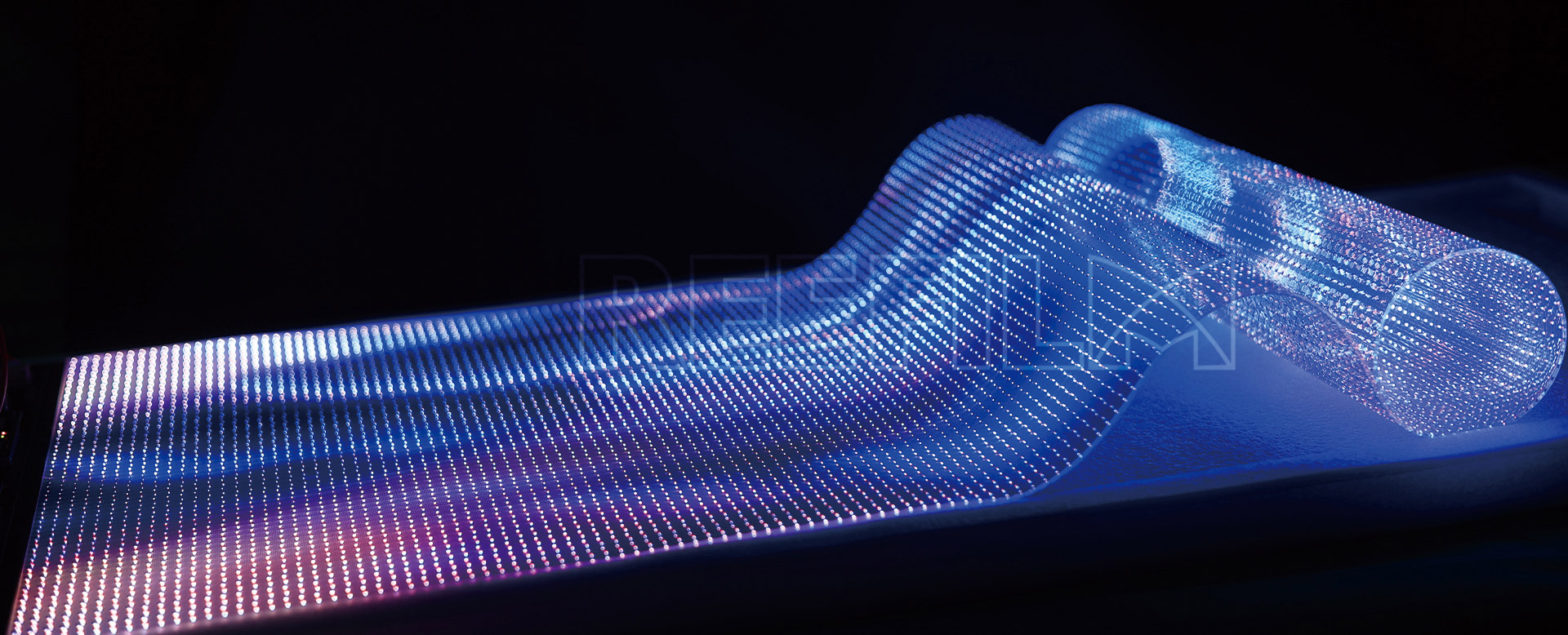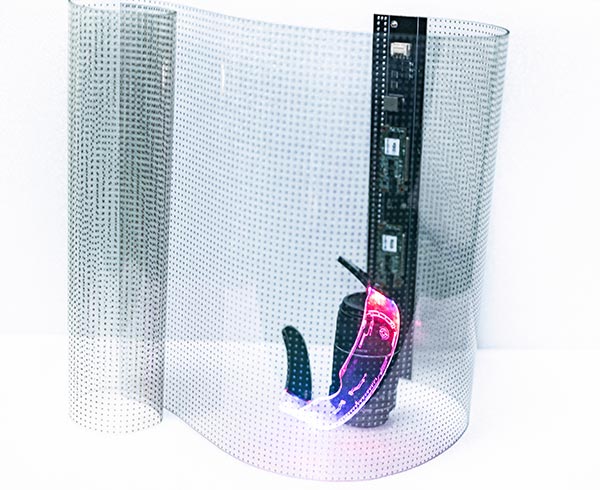
Flexible Led Panel Screen Display have gained significant popularity due to their versatility and unique features. However, the cost of these displays can vary based on several factors. In this article, we will explore the key cost factors associated with flexible LED panel screen displays.
Size: The size of the flexible LED panel screen display is one of the primary factors that influence its cost. Larger displays generally require more LED modules, connectors, and supporting structures, resulting in higher manufacturing and material costs. Therefore, larger displays tend to be more expensive compared to smaller ones.
Resolution: The resolution of the display refers to the number of pixels it can accommodate. Higher resolution displays provide sharper and more detailed images, but they also require a larger number of LEDs and driver circuits. As a result, displays with higher resolutions generally come at a higher cost.
Pixel Pitch: Pixel pitch is the distance between the center of two adjacent pixels on the display. A smaller pixel pitch means higher pixel density and better image quality. However, reducing the pixel pitch increases the number of LEDs required per unit area, leading to higher costs. Therefore, displays with smaller pixel pitches are typically more expensive.
Flexibility: The level of flexibility offered by the display also affects its cost. Displays that can be bent, curved, or shaped in various ways require special materials and manufacturing techniques to maintain their flexibility. These additional features contribute to higher production costs, making Thin Flexible Led Screen more expensive compared to rigid ones.
Customization: Customized designs or unique specifications can significantly impact the cost of a Led Flexible Screen. Tailoring the display to specific requirements involves additional design work, prototyping, and manufacturing adjustments, all of which contribute to higher costs. Off-the-shelf displays are generally more affordable than customized ones.
Quality and Durability: The quality and durability of the components used in the display influence its cost. Higher-quality LEDs, driver circuits, and flexible substrates tend to be more expensive but offer better performance and longer lifespans. Investing in reliable and durable components ensures a higher initial cost but can result in cost savings in the long run due to reduced maintenance and replacement expenses.
Brand and Supplier: The reputation and brand value of the manufacturer or supplier can also affect the cost of a Flexible Led Video Panels. Established brands often command higher prices due to their reputation for quality and reliability. However, smaller or lesser-known suppliers may offer more affordable options without compromising on performance. It's essential to consider the balance between cost and quality when selecting a supplier.
Additional Features: Some flexible LED panel screen displays may come with additional features such as touch functionality, integrated sensors, or wireless connectivity. These added features increase the complexity of the display and, consequently, its cost. Buyers should evaluate the necessity and value of these features to determine their impact on the overall cost.
In summary, the cost of flexible LED panel screen displays is influenced by factors such as size, resolution, pixel pitch, flexibility, customization, quality, brand, and additional features. Understanding these cost factors can help buyers make informed decisions based on their budget and specific requirements.